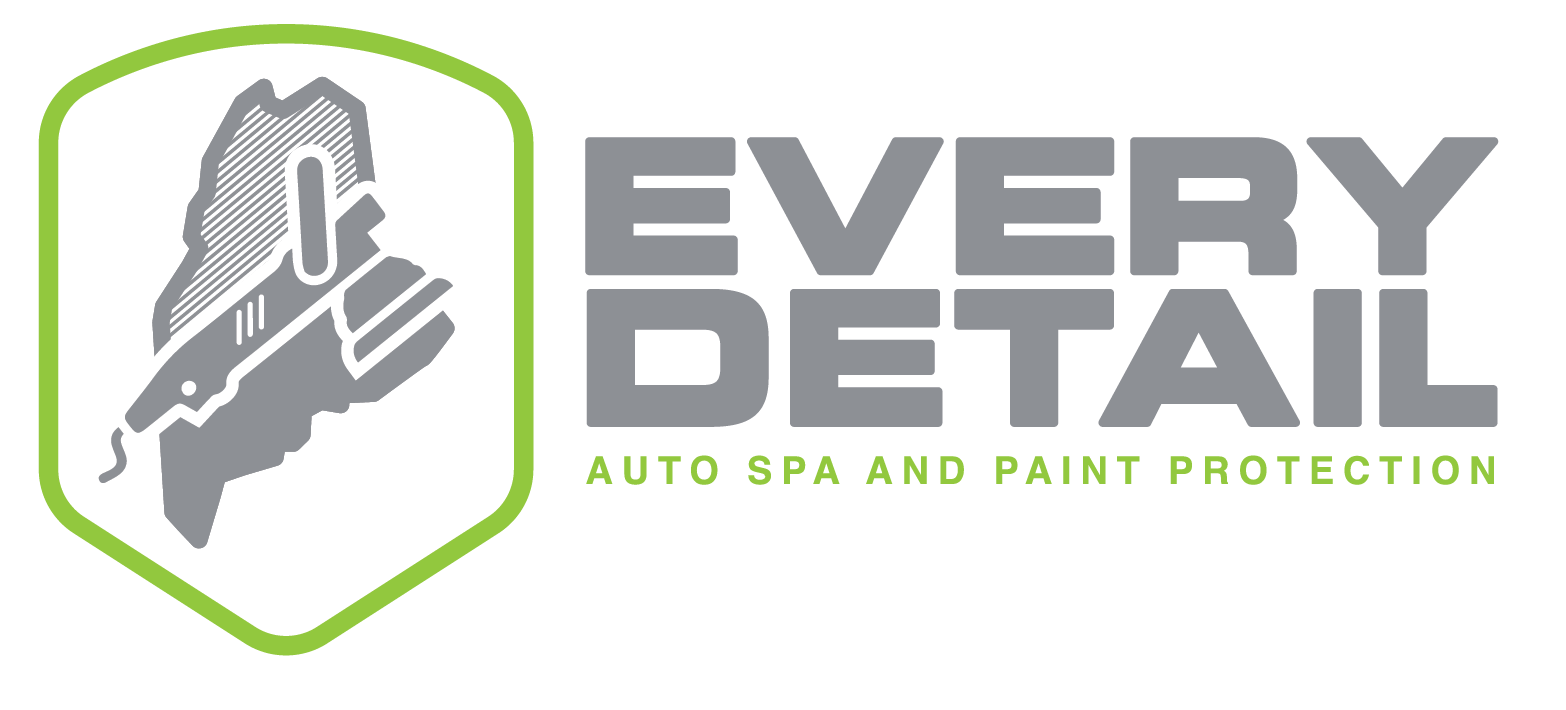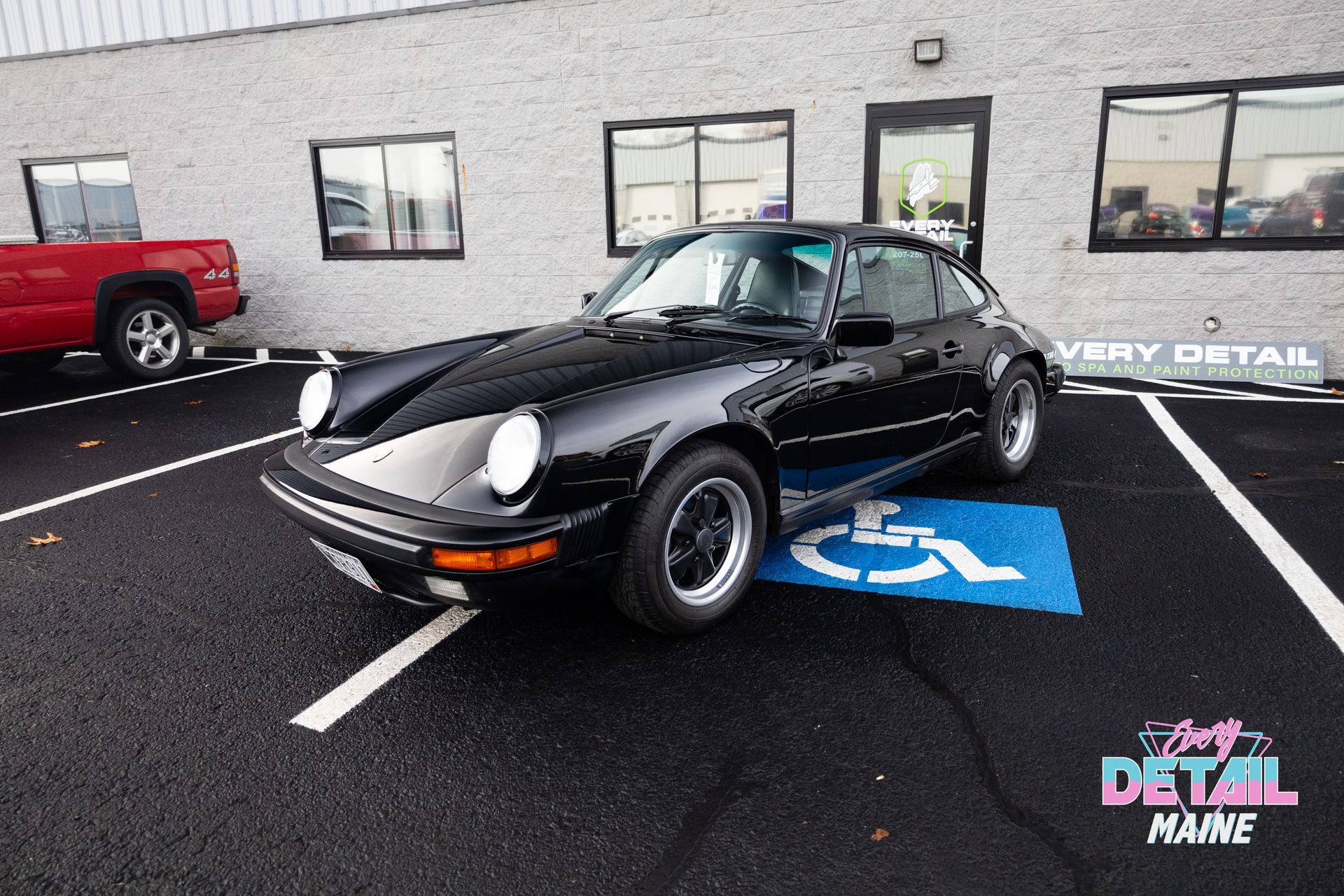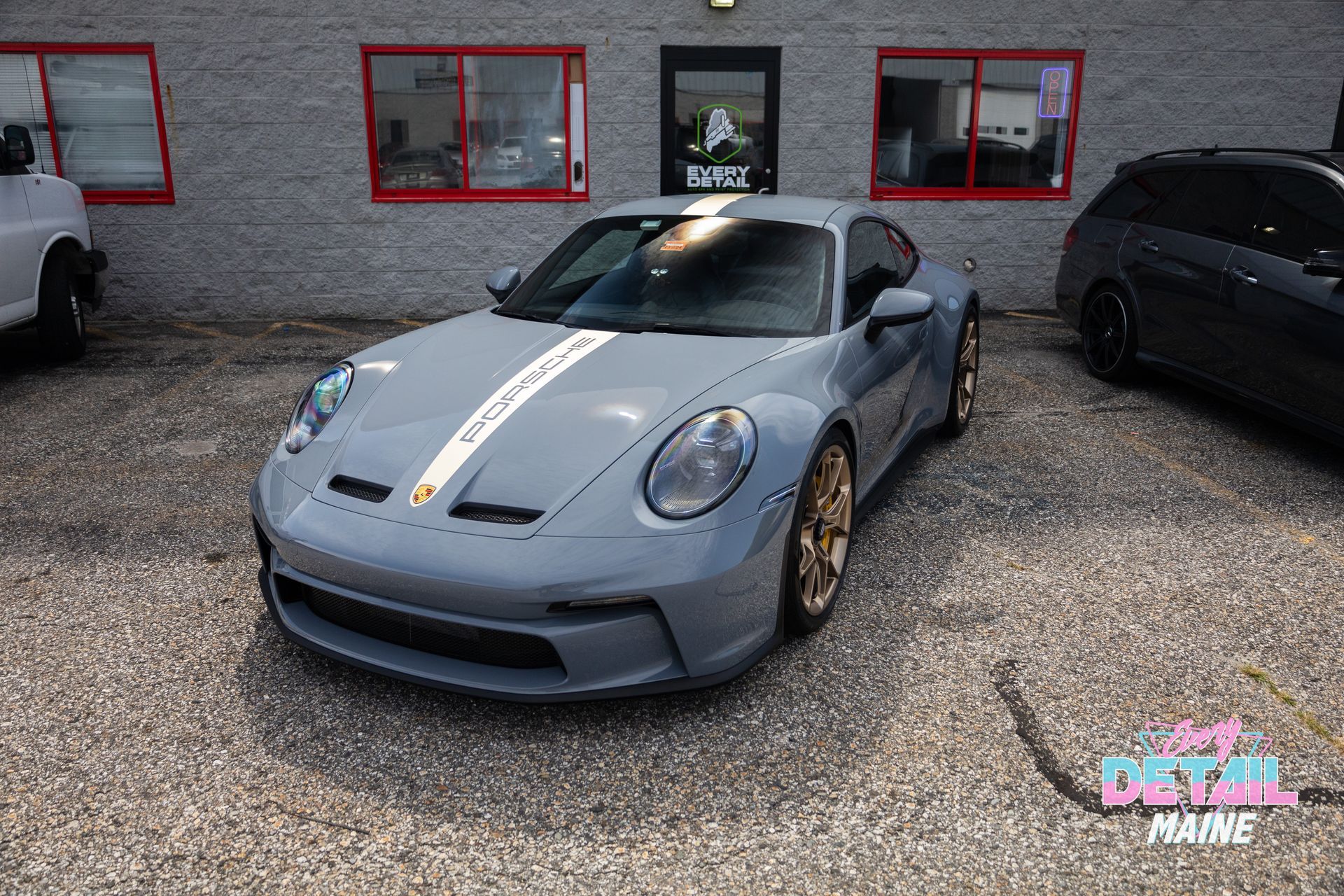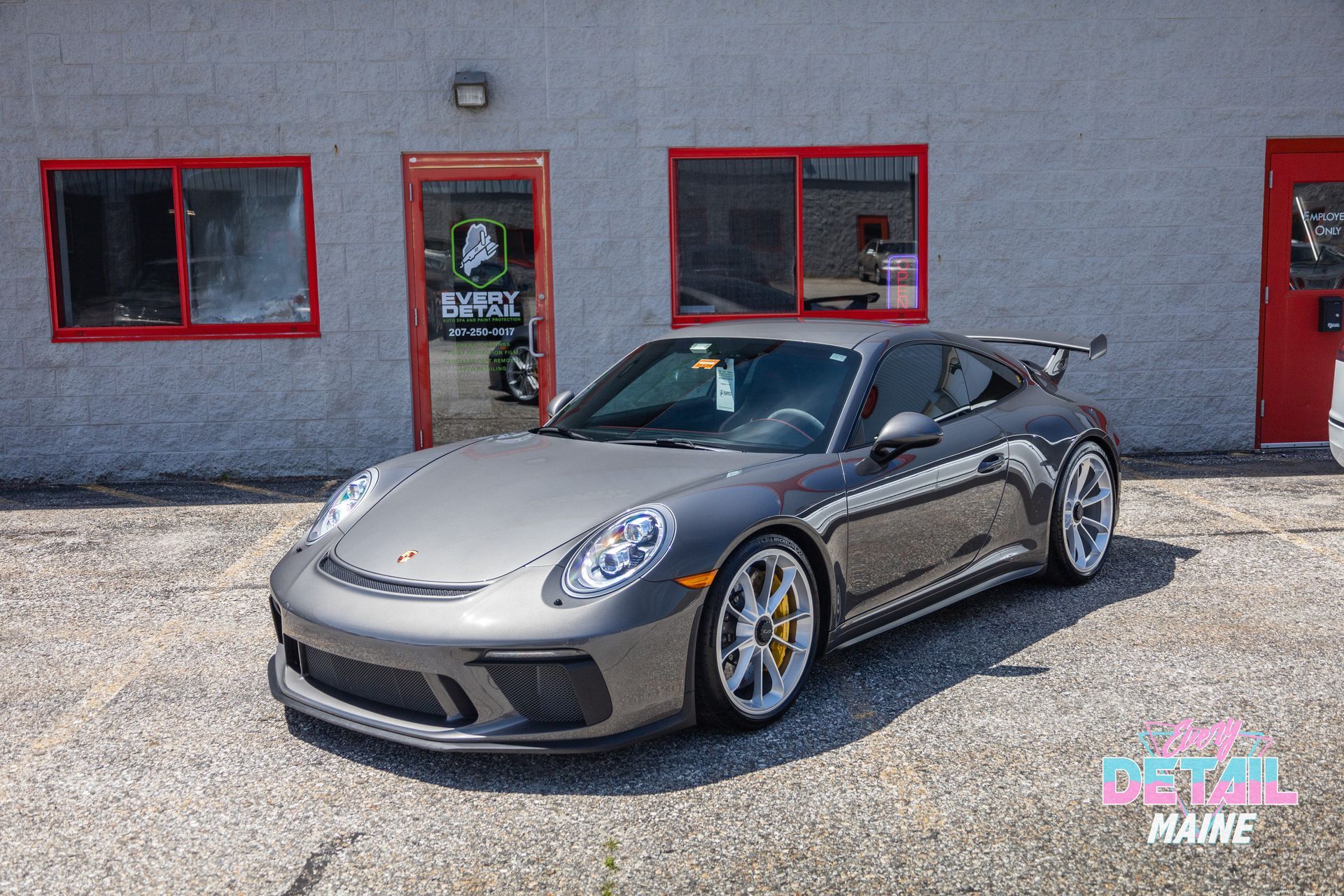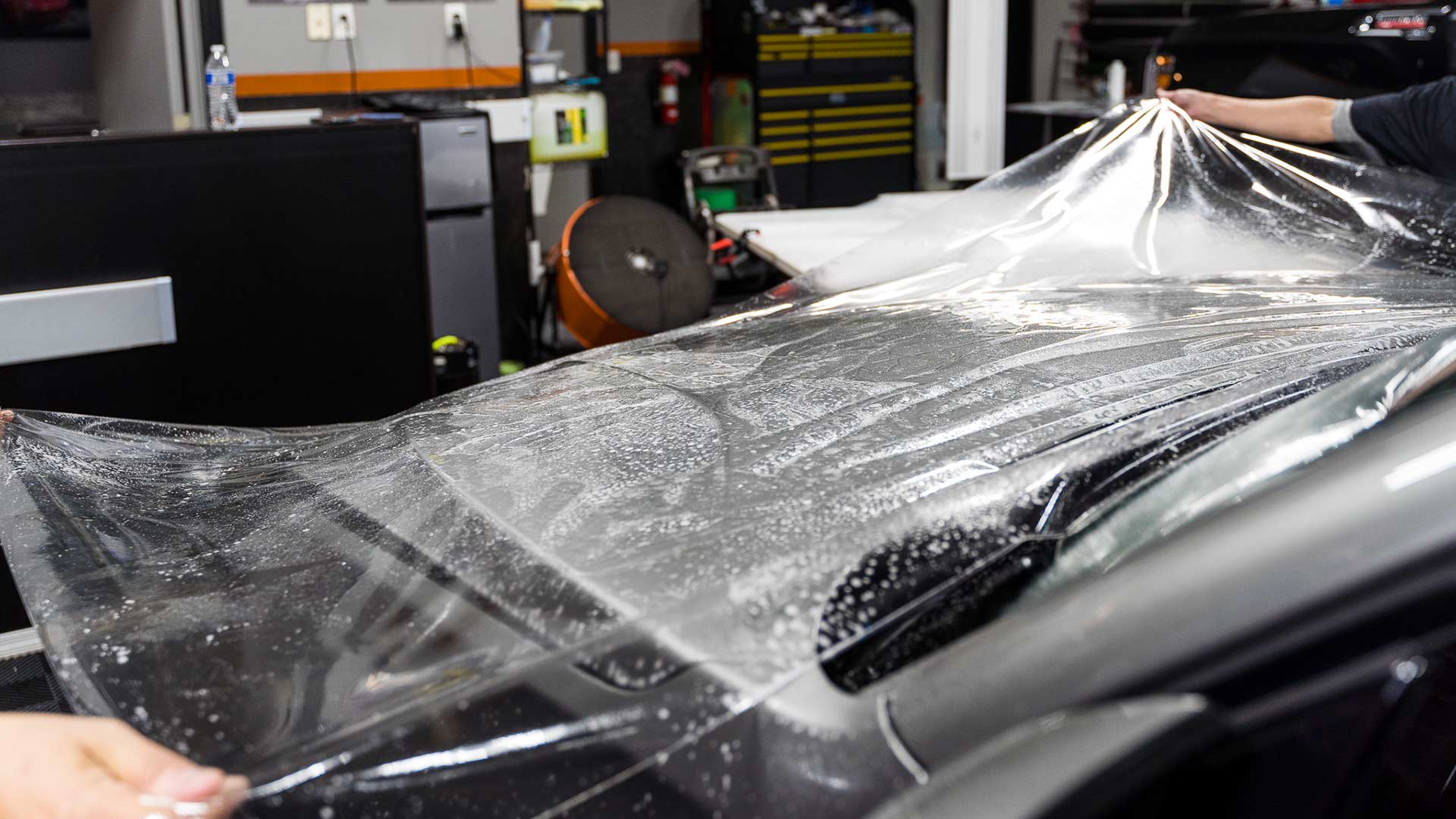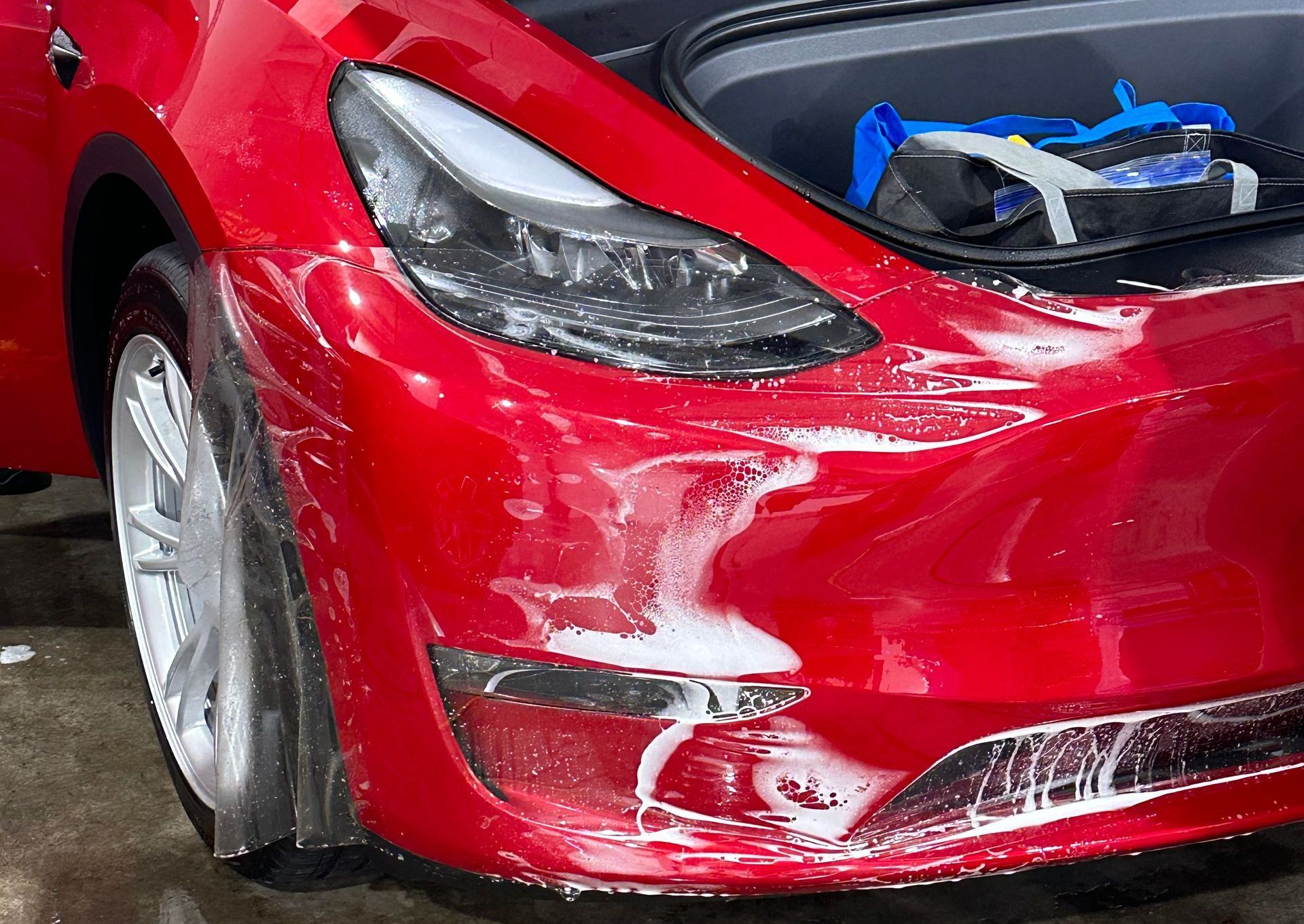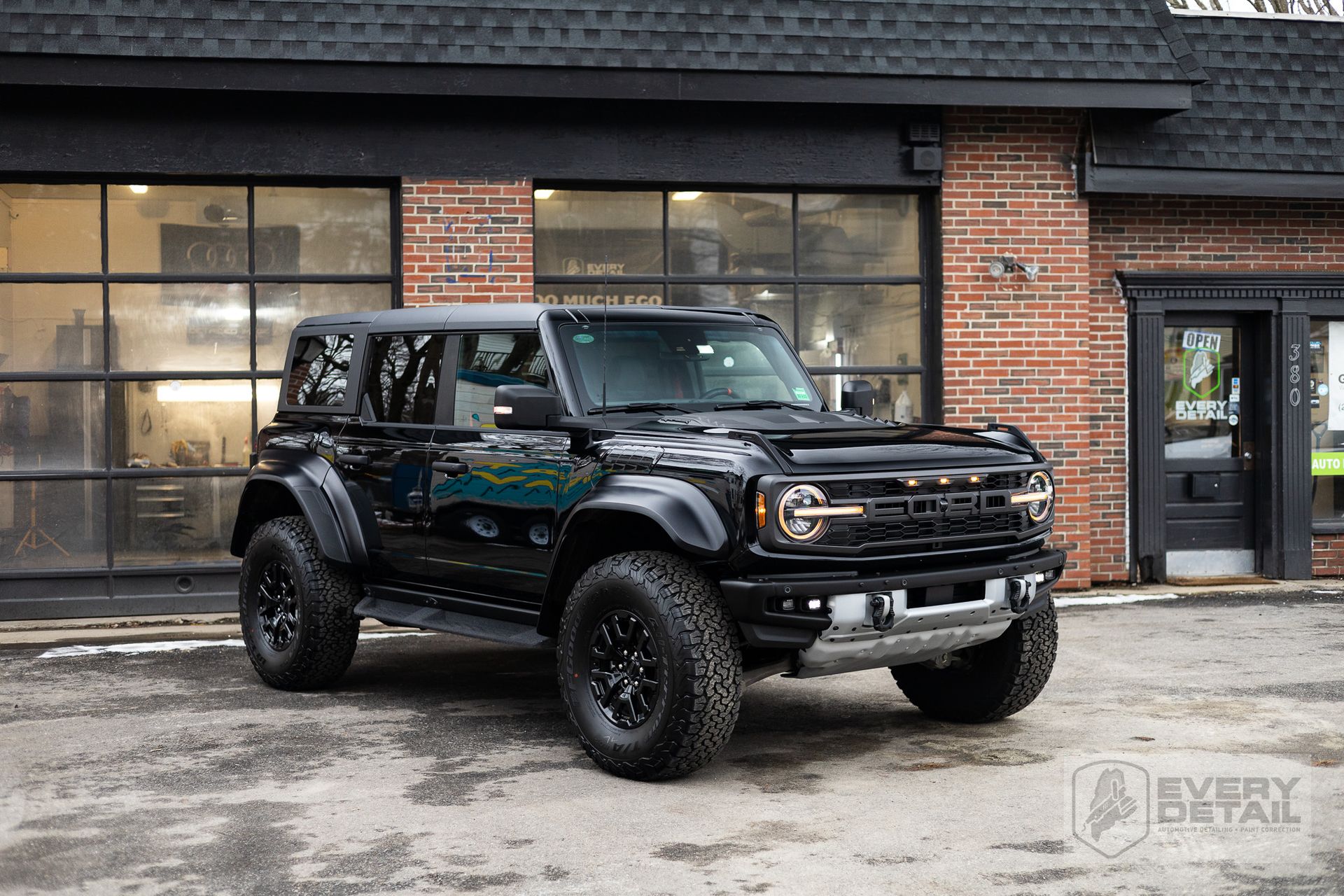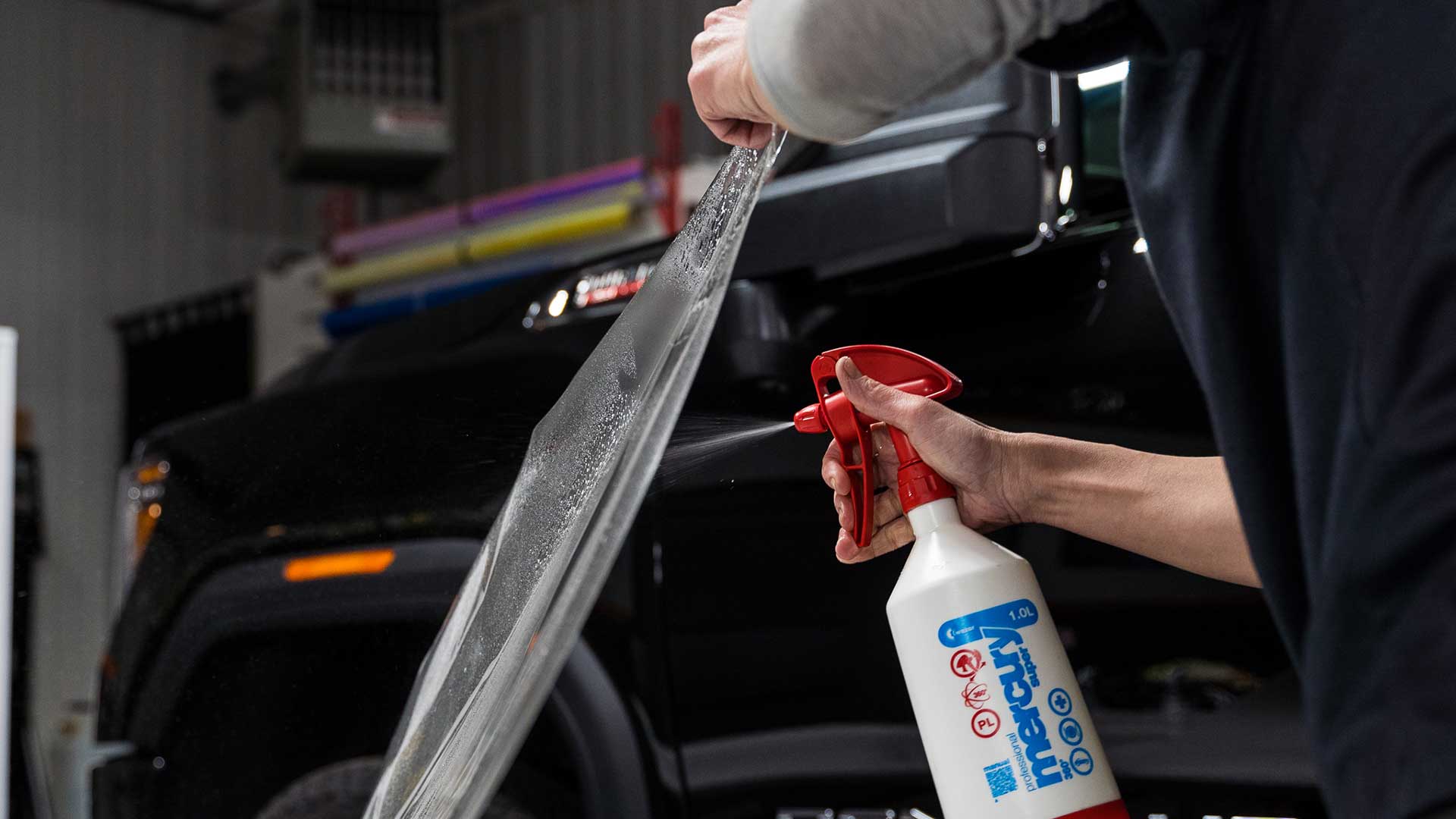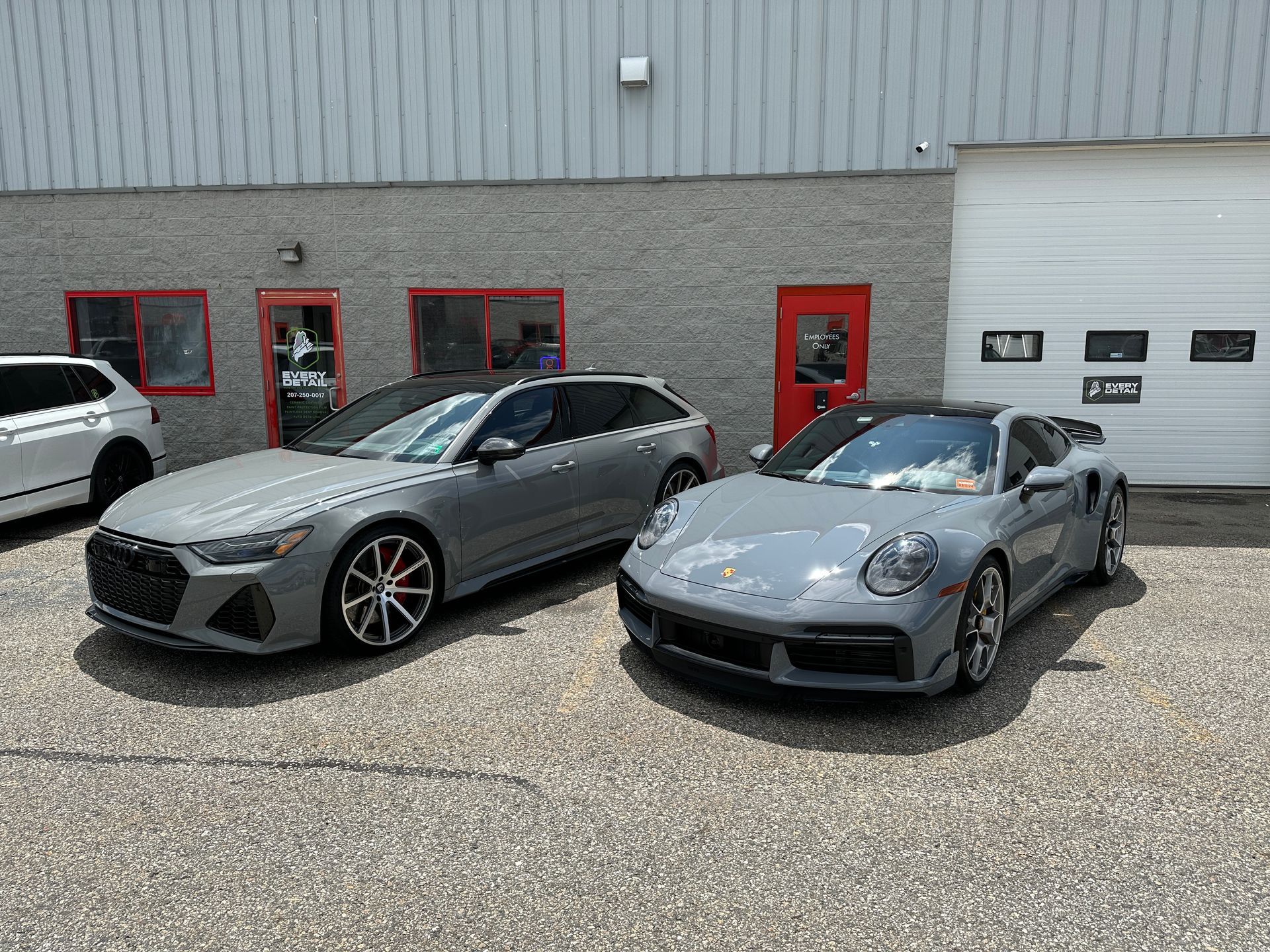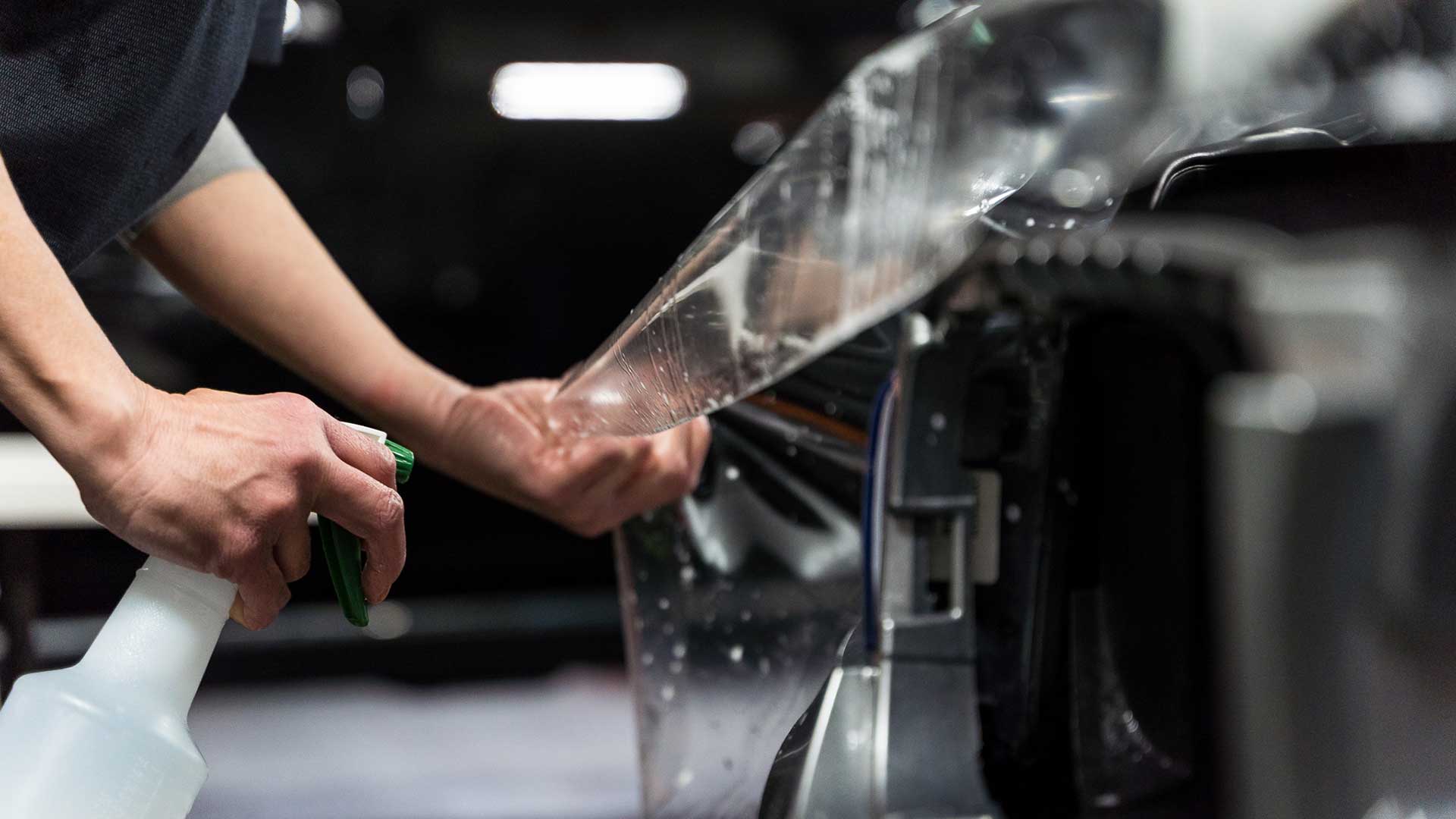DIY Ceramic Coatings: Are They Worth the Risk for Your Vehicle?
When it comes to protecting your vehicle’s finish, the options can be overwhelming. You might be asking yourself, is it really worth it to tackle a DIY ceramic coating? If you've heard the buzz about these products but are unsure whether to dive in or leave it to the pros, you're not alone. Many car enthusiasts ponder whether they can achieve that high-gloss, showroom look at home without breaking the bank. While DIY kits promise budget-friendly solutions and the satisfaction of doing it yourself, they come with their own set of challenges. In this article, we’ll explore not just how these coatings work, but also the importance of proper application and preparation—helping you decide if this hands-on project is right for you.
While DIY ceramic coatings can save money, they carry risks, including improper application and insufficient surface preparation, that could lead to poor results or damage to your vehicle's paint. It's essential to weigh the cost savings against the complexity of the process, and for many, professional application may yield significantly better outcomes and long-term protection.
An Overview of DIY Ceramic Coatings
DIY ceramic coatings have revolutionized the car care industry, making high-quality protection accessible to anyone with a bit of time and willingness to learn. Unlike professional-grade ceramic coatings typically applied with advanced techniques, DIY kits are formulated for easier application without needing extensive experience. These coatings primarily consist of silicon dioxide (SiO2), which forms a strong bond with your vehicle's paint, creating a durable shield against the elements.
When it comes to ease of use, many DIY products emphasize simplicity in their application process. However, it's essential to note that surface preparation is key—this involves thorough cleaning and potential paint correction before applying any coating. Failure to address imperfections can result in trapping flaws beneath the protective layer, defeating the purpose of your hard work.
Community forums often suggest a significant time commitment is necessary to achieve optimal results. Through personal experiences shared online, many users report spending more than just the application time itself; initial steps like washing and decontaminating the vehicle can take several hours or even days depending on its condition. For those considering a DIY approach, investing in quality products is crucial.
While these DIY kits allow you to save money—potentially reducing costs from several hundred dollars for professional services down to about $50-$200—they do still come with their challenges. First-time applicators can find themselves overwhelmed by the extent of surface preparation required before applying the coating.
Time Commitment Insights
The reality is that executing a proper ceramic coating application often takes longer than most beginners anticipate—many report committing an entire weekend or even more days, depending on how meticulous they want to be. It's not just about slapping on a coat; you'll have to think about
- Thoroughly washing the car.
- Clay barring the surface to remove contaminants.
- Possible paint correction if your vehicle has scratches or damage.
- The actual coating application itself.
This prep work can significantly enhance the final results but requires patience and attention to detail. As you embark on your DIY ceramic journey, remember that understanding the complexity involved might sway you towards seeking professional help for superior results or simply saving time. Whether you do it yourself or reach out for expert assistance depends on your comfort level with such projects and your desire for perfection in your vehicle’s finish. Having established the intricacies of tackling a DIY ceramic coating job and recognizing both its rewards and challenges, it's time to explore specific products that will ensure you're equipped for success!
Risks and Safety Concerns
While the allure of saving money on a DIY ceramic coating can be tempting, there are significant risks that shouldn't be overlooked. Understanding these concerns can help you take necessary precautions and make informed choices. One of the primary concerns is the presence of volatile organic compounds (VOCs) found in many ceramic coatings. These compounds can become airborne during application, and if inhaled, may result in respiratory issues or skin irritation. Ensuring proper ventilation by working in an open environment or utilizing fans becomes vital. Additionally, wearing a high-quality mask will shield you from harmful fumes.
Beyond safety hazards, improper application techniques can lead to disastrous results, which often compromise both the appearance and integrity of your vehicle's paint. The intricacies of applying ceramic coatings require a meticulous hand. Failing to follow manufacturer guidelines can lead to uneven coverage, streaks, or even permanent damage to your vehicle’s finish. It’s important to approach each step with care; yet many DIY enthusiasts assume they can wing it. According to industry data, around 40% of users reported facing issues such as “high spots” and streaks after their DIY attempts. They often conclude that a professional fix is necessary to correct these mistakes, which not only negates the initial cost savings but also adds unexpected expenses.
Knowledge is power; being aware of these statistics illustrates how seemingly simple projects can escalate into more complex problems. Therefore, it’s crucial that anyone considering a DIY ceramic coating understands these risks while remaining proactive in mitigating them. This includes thoroughly reviewing product specifications, preparing adequately for the application, and choosing a day devoid of interruptions to ensure focus and precision during the process. Familiarizing yourself with necessary safety equipment—like gloves and protective eyewear—and practicing good preparation techniques such as washing and decontaminating your vehicle meticulously prior to application will promote better outcomes.
With all this in mind, weighing the pros and cons of tackling such a project requires careful consideration of expertise versus costs. Moving forward, we can explore how these factors influence your options for achieving ideal results.
DIY vs. Professional Application: Cost and Results
One of the most enticing aspects of pursuing a DIY ceramic coating is certainly the financial savings. Initial investments for quality DIY products typically hover between $100 and $200. However, this price often excludes vital tools necessary for the complete application process, which could set you back another $600 or so, especially if you don’t have a well-stocked garage already. But there's more than just the initial cost to consider.
The time commitment required for DIY projects can be significant. It’s not a quick weekend job; in fact, many enthusiasts report that the entire process—when done correctly—takes upwards of 8 to 12 hours, especially when factoring in essential preparations like washing, clay barring, and polishing the vehicle's surface. Meaningful results require detailed attention, as slapping on a coat without thorough prep can lead to poor adhesion and uneven surfaces. A detailed vehicle may require even more time if it needs paint correction before any coating can be applied. Many people think a coating can just be applied over existing imperfections; however, if you're aiming for a long-lasting finish, flaws need to be carefully addressed first.
On the flip side, opting for professional applications ranges significantly higher in price, typically costing between $500 and $2,000 depending on the service provider and the types of products they utilize. However, these professionals leverage years of experience—they know how to achieve a stunning surface finish in usually less than one day. Their expertise often translates to adherence benefits that simply aren’t available with most DIY efforts. While there are considerable savings associated with going DIY, potential pitfalls can nullify that advantage, prompting further examination into aspects like longevity and performance.
Durability Insights
Durability is where the argument often sways towards professional application. The average lifespan of hobbyist-grade coatings hovers around 1 to 2 years, while professionally applied coatings typically last 3 to 7 years due to their chemical formulations and expert methods. Specifically speaking, commercial-grade coatings often contain higher percentages of SiO₂ or TiO₂—key ingredients for longevity and toughness in harsh weather conditions—which might not be as present in consumer kits or could be diluted by cheaper stabilizers.
Moreover, experiences shared within auto detailing communities indicate that many DIY products fall short due to misleading marketing practices; some labeled "ceramic coatings" merely contain low-quality ingredients such as Polydimethylsiloxane that dramatically reduce durability over time. This insight reinforces why spending more upfront for quality professional service saves money in the finer schemes but also provides you with peace of mind regarding future maintenance.
Weighing all angles carefully will aid greatly in making an informed decision about protecting your vehicle's finish effectively. Now, let's turn our focus towards exploring how different applications stand up against real-world conditions and what you can expect in terms of resilience and overall performance.
Assessing Durability and Performance
When it comes to durability and performance, the differences between DIY and professional ceramic coatings can be quite striking. Although DIY options tout a potential lifespan of 1-2 years, these estimations depend heavily on proper application techniques. It's not just about slapping on a coat; ensuring that the surface is thoroughly cleaned and properly prepared can make all the difference in how effectively the coating bonds with the paint.
In stark contrast, professional-grade ceramic coatings are designed to withstand the test of time—some can last upwards of 5 years or more. The secret lies in the meticulous preparations that professionals undertake before applying their products. When I first consulted a professional detailer, they explained that ensuring a perfect surface was half the battle in achieving durability; they often invest considerable time in multi-step washing, paint correction, and then applying the coating with precision.
Additionally, achieving optimal results from DIY ceramic coatings significantly relies on environmental factors during application. High humidity or low temperatures can impede the curing process, leading to failures in adhesion and overall performance. This is something professionals account for meticulously—they work under controlled conditions that ensure each layer sets correctly without any hindrances.
Another vital aspect to consider is maintenance after application. While both DIY and professional coatings require care, professionals often provide guidelines tailored specifically for their products to maximize longevity. Following these guidelines—not just picking any cleaner off the shelf—can mean the difference between enjoying those promised years of protection versus having your investment flake away prematurely due to improper upkeep.
Understanding these dynamics will empower you as you weigh various factors influencing your decision about vehicle protection methods. Next, we’ll explore what it takes in terms of skill and preparation for successfully applying these coatings.
Skill Level Required for Successful Application
The level of proficiency needed for a successful ceramic coating application can genuinely range from what you might call intermediate to advanced. It's not a task for the faint of heart, as it demands not just physical dexterity but also a keen eye for detail. For beginners, this complexity can often feel overwhelming, prompting many to shy away from DIY projects altogether. However, with the right mindset and preparation, even novice car enthusiasts can make significant strides in mastering this art.
To begin with, one of the most critical aspects of the application process is surface preparation. This includes thorough washing, claying to eliminate surface contaminants, polishing imperfections away, and conducting an IPA (isopropyl alcohol) wipe-down to ensure the surface is pristine. These steps are not mere checkboxes; they form a vital foundation that determines how well the ceramic coating adheres to your vehicle. If any contaminants remain, they can interfere with the bonding process and diminish the longevity and effectiveness of the coating.
Key Skills Needed
Beginners might find that the total time investment could lead them to question if it’s worth it. The potential for costly errors looms large over every step. This reality presents a dilemma: should you invest time and effort into DIY when professional services guarantee quality but at a higher cost? Evaluating your comfort level with these challenges will help clarify whether taking the DIY route aligns with your skills and expectations.
As you weigh these considerations, you'll be better equipped to decide if attempting a DIY ceramic coating is worth both the risk and investment involved. In summary, tackling ceramic coatings yourself can be rewarding but comes with its complexities; proceed only if you feel prepared to embrace the challenge ahead. Your vehicle deserves nothing less than expert care, whether through DIY efforts or professional assistance.
Leading Ceramic Coating Services in Portland, ME
Every Detail in Portland, ME delivers top-tier ceramic coating services that lock in a deep, glossy finish while shielding your vehicle from salt, UV rays, and road grime. With expert preparation and precision application, their coatings create a long-lasting, hydrophobic layer that makes maintenance a breeze. Trust Every Detail to keep your car protected and looking its best, no matter the season.


